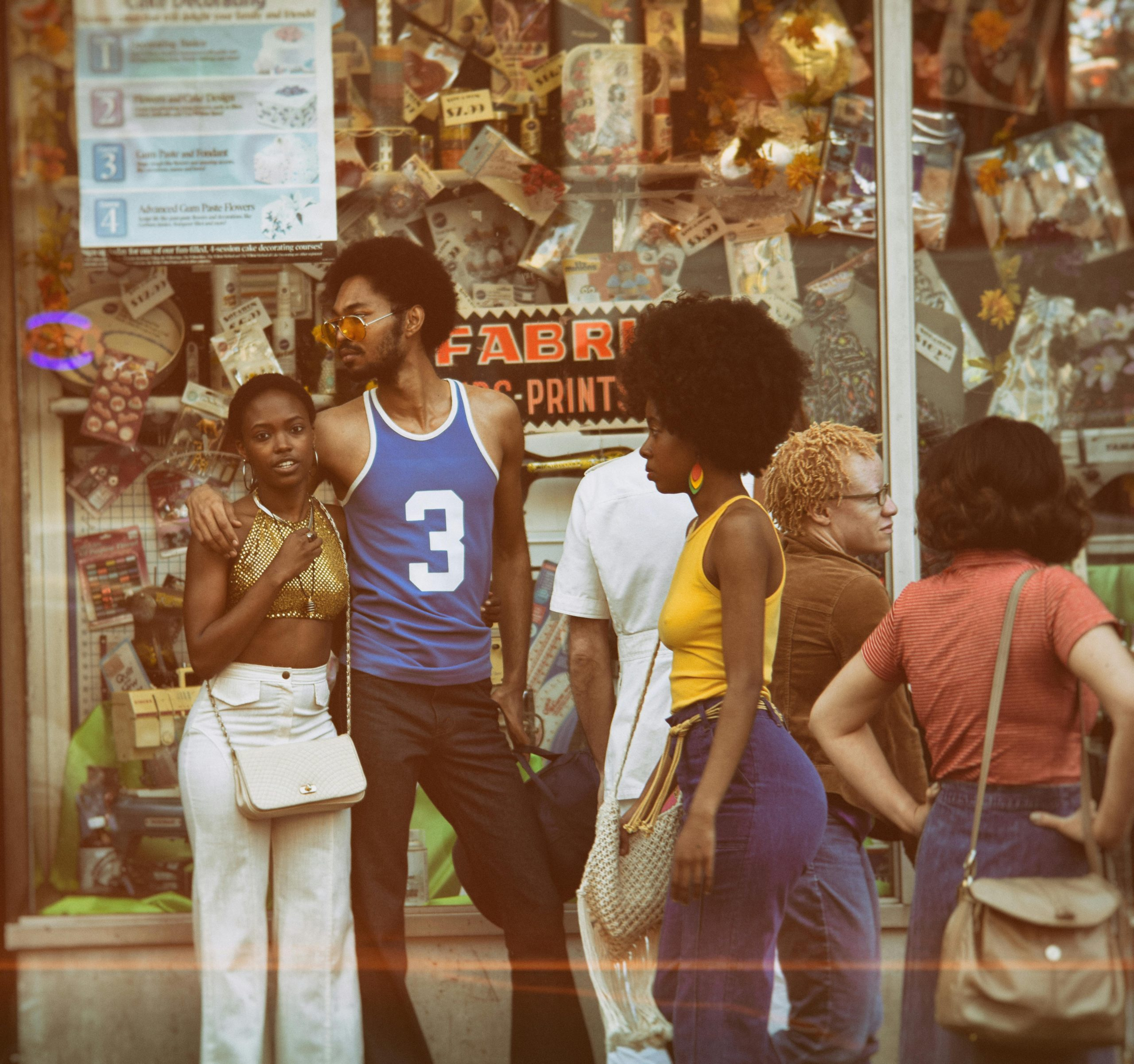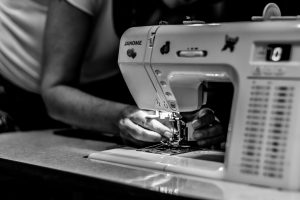The Psychology of Fashion Addiction: When Shopping Becomes Compulsive
It’s a familiar sight: a person walking out of a store, laden with shopping bags, a satisfied smile on their face. For many, shopping is an enjoyable and necessary activity – a way to relax, treat themselves, or simply purchase needed items. However, for some individuals, shopping can become more than just a harmless pastime. It can develop into a compulsive behavior that takes over their thoughts and actions. This phenomenon is known as fashion addiction, and its psychological underpinnings are complex and fascinating. In this article, we will delve into the psychology of fashion addiction and explore how shopping can become a compulsion.
The Thrill of the Chase: Understanding Fashion Addiction
What drives someone to become addicted to shopping? To answer this question, we first need to understand what addiction truly entails. According to the American Psychiatric Association, addiction is a brain disease characterized by compulsive engagement in rewarding stimuli, despite adverse consequences. In other words, addicts continue to engage in their addictive behavior, even when it negatively impacts their lives.
When it comes to fashion addiction, the stimuli can be the act of shopping itself, as well as the items purchased. The thrill of finding the perfect item or scoring a great deal can provide a sense of euphoria – a temporary high that encourages the addict to continue seeking these rewarding experiences. Additionally, for some individuals, fashion can serve as a means of self-expression and can be tightly linked to one’s sense of identity, further fueling the desire to constantly add new items to their collection.
The Role of Dopamine and Society’s Influence
Our brains play a critical role in the development of fashion addiction. The neurotransmitter dopamine is heavily involved in the brain’s reward and pleasure pathways. When engaging in addictive behaviors, like shopping, dopamine levels spike, creating a sense of pleasure and reinforcing the behavior. In a society that promotes materialism and consumerism, it is easy for individuals to fall into the trap of constantly seeking that dopamine rush through shopping for new fashion items.
Furthermore, the influence of social media and advertising cannot be dismissed in the development of fashion addiction. With the rise of influencers and trendsetters on platforms like Instagram, there is constant pressure to keep up with the latest fashion trends and maintain a certain image. This can create a sense of FOMO (fear of missing out) and lead individuals to feel the need to constantly purchase new items in order to fit in and feel validated.
The Slippery Slope from Hobby to Addiction
For most individuals, shopping is a normal and enjoyable hobby. However, for those vulnerable to addiction, it can easily spiral into a compulsive behavior. The thrill of finding the perfect item or the perceived “high” from purchasing something new can quickly become a coping mechanism for other underlying emotional issues. Similar to other forms of addiction, fashion addiction can serve as a form of self-medication for feelings of stress, anxiety, and low self-esteem.
Moreover, as with any addiction, tolerance can develop, causing individuals to require more frequent and extravagant shopping trips to achieve the same level of satisfaction. This can lead to financial problems, strained relationships, and overall negative impacts on one’s well-being.
Breaking Free from Fashion Addiction
If you find that shopping has become a compulsive behavior for you, it’s important to seek help. Recognizing the problematic behavior is the first step in overcoming addiction. Seeking therapy can provide valuable support and tools for managing the underlying emotional issues that contribute to addiction. In addition, setting boundaries for oneself, seeking alternative hobbies and interests, and learning to prioritize and budget can all aid in breaking the cycle of fashion addiction.
In conclusion, fashion addiction is a complex and powerful force that can take over an individual’s life. Understanding the psychological factors at play and seeking help is crucial in breaking free from destructive and compulsive shopping habits. Remember, shopping can be a fulfilling and enjoyable activity, but it should never come at the cost of your well-being.











